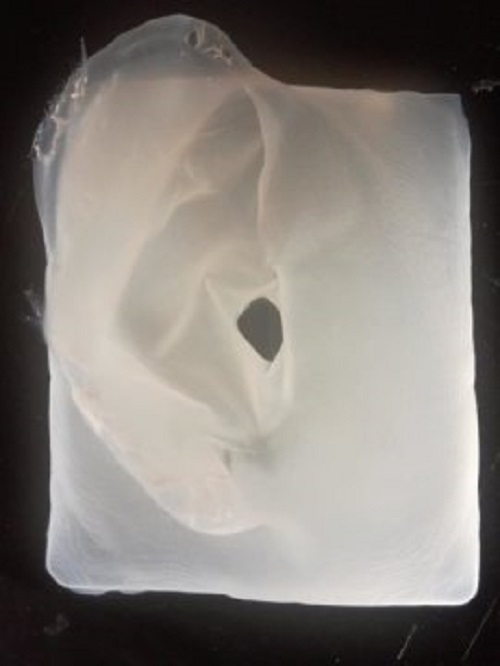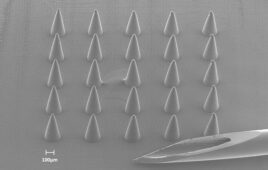Bacterial cellulose (BC) nanofibers are promising building blocks for the development of sustainable materials with the potential to outperform conventional synthetic materials. BC, one of the purest forms of nanocellulose, is produced at the interface between the culture medium and air, where the aerobic bacteria have access to oxygen. Biocompatibility, biodegradability, high thermal stability and mechanical strength are some of the unique properties that facilitate BC adoption in food, cosmetics and biomedical applications including tissue regeneration, implants, wound dressing, burn treatment and artificial blood vessels.
For the complete story, go here.

Credit: Luiz G. Greca




